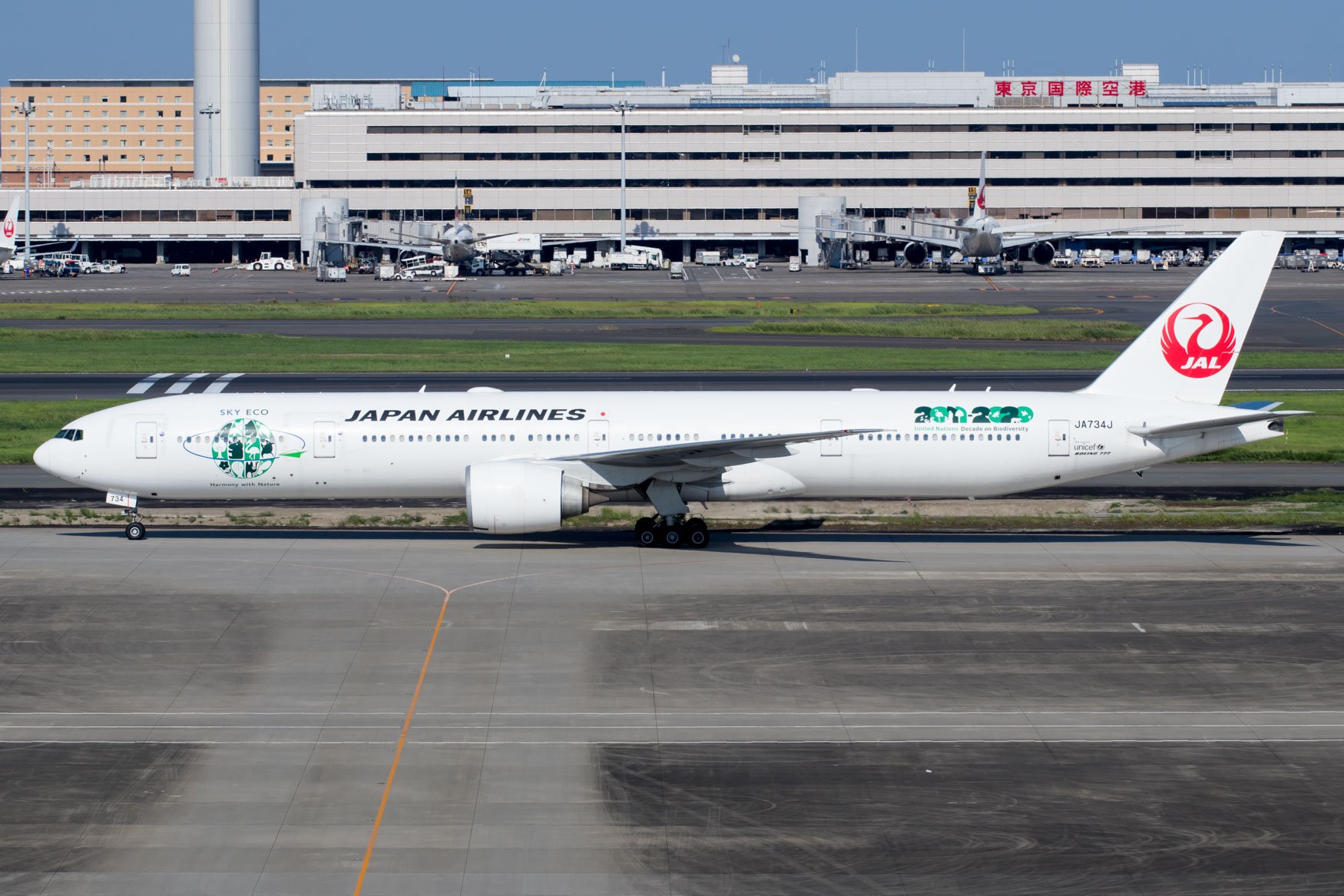Earlier this week, Japan Airlines announced that it became a victim of “furikomi sagi” (bank transfer fraud) losing 380 million yen or a bit more than 3.3 million dollars – a variety of Japanese media including NHK reported.

Japan Airlines Paid 380 Million Yen to Fraudster’s Account
In the incident, Japan Airlines transferred 380 million yen to a Hong Kong bank account based on an email and invoice received from a person pretending to work for a US financial firm that JAL leases aircraft from.
The email – mentioning that the bank details for payment of the leasing fees changed – was not suspected to be fraudulent since it came from the same person as usual and it even contained a signed invoice in exactly the same format as the legitimate invoices sent to JAL prior to the incident.
JAL received the email on September 25, 2017, and made a payment based on the provided information on September 29. The airline found out about the fraud when it received a notice of non-payment from the actual leasing company later in October.
After that, the airline notified the relevant authorities including the Japanese police, Hong Kong police, and the FBI. However, by that time, the stolen money had already been withdrawn from the fraudulent account.
Separate from the above, JAL also revealed that its US cargo office was defrauded out of 24 million yen back in August. The smaller fraud also involved a Hong Kong account and someone pretending to be working for JAL’s vendor.
A Puzzling Incident
Living in Japan, it is not uncommon to hear news about an old lady transferring money to a fraudster pretending to be her grandson in distress. However, I would never have imagined that a major airline could fall victim to something similar.
It really puzzles me as to how this could have happened.
While I understand that the email address was legitimate, and so was the invoice format, I am surprised that there (it seems like) was no “official procedure” for changing the beneficiary bank account.
I am also puzzled by the very short time – less than a week – it took to process and pay the invoice.
Especially so since we are not talking about thousands or hundreds of thousands, but millions of dollars.
Then again, it’s easy being a Monday night quarterback…
What are your thoughts on this?
Do you know of any similar frauds that happened in the airline industry?
